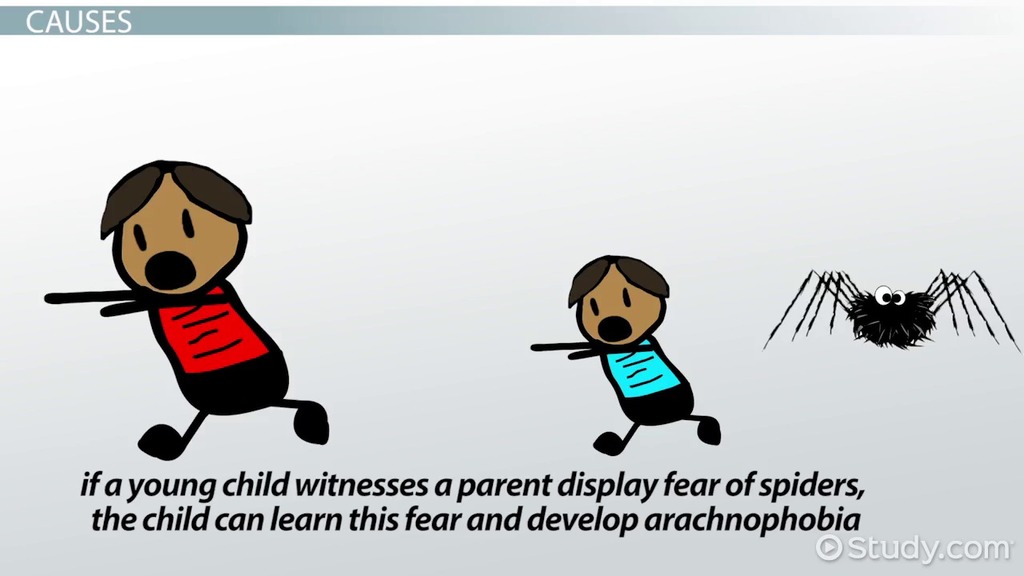
The paper analyzed the tendency to equate female sexual desire, woman’s love, and the female and femininity with the “voracious spider”. Kenneth Adams (entitled ‘ Arachnophobia: Love American style’) in a 1981 issue of the Journal of Psychoanalytic Anthropology. The first academic paper that mentioned ‘arachnophilia’ was a paper published by Dr.
#Define arachnophilia software#
In my search for papers on academic databases I did come across a few references in arachnephilia (not including the many papers that referenced a piece of software called ‘arachnophilia’). There are no statistics on the incidence or prevalence of arachnephilia (in fact there isn’t even a single published case study). It is an interesting fact that some individuals who practice this fetish are at the same time afraid of the spiders” And that’s most likely the driving force behind this paraphilia. What is easy to get hold of in Latin America, a paraphiliac’s needs to have a different alternative while on a different continent. It all depends on the country where we live as well. Large spiders such as tarantula, though dangerous, they are unlikely to bite unless provoked. Especially if the spider is large and venomous. “So what is it exactly so exciting about spiders? It must be the thrill of it. Love’s speculation appears to be (at least in part) backed up by a small online article on arachephilia (again on the Kinky Sex Questions website) that noted:

The bottom may be tied down and the spider either brought close to them or laced on their body crawl around” Dr. She seems to imply there is a sexually masochistic element to arachnephilia, as she notes that: “Spider scenes utilize a person’s fear of spiders to increase adrenalin. Brenda Love’s entry contains a little information but is not based on any scientific research. However, my excitement turned to despair when I then discovered it was a basically a film review of the Sam Raimi directed film Spider-Man (starring Tobey Maguire). I did an exhaustive literature search trying to locate any empirical and/or clinical research that has been done on the topic and got very excited when I came a cross a paper entitled “A case of arachnophilia” by B.D. The most detailed definition of arachnephilia I have come across is that on the Right Diagnosis website that states it refers to “sexual urges, preferences or fantasies involving playing with spiders” and that the symptoms include (i) sexual interest in playing with spiders, (ii) abnormal amount of time spent thinking about playing with spiders, (iii) recurring intense sexual fantasies involving playing with spiders, and (iv) recurring intense sexual urges involving playing with spiders. Brenda Love in her Encyclopedia of Unusual Sex Practices defines arachnephilia as referring to those individuals who “are aroused by sex play involving spiders”.

Stephen Holmes – in a chapter on ‘nuisance sex behaviours’ in the third edition of their book Sex Crimes: Patterns and Behaviors – also have an identical definition (the only difference being they spell it ‘arachnophilia’ although I’m not quite clear how it is a ‘nuisance sex behaviour’). Anil Aggrawal, in both his 2009 book Forensic and Medico-legal Aspects of Sexual Crimes and Unusual Sexual Practices and his new classification of zoophilia practices in a 2011 issue of the Journal of Forensic and Legal Medicine, simply defines arachnephilia as “ arousal from spiders”. One specific insect-related sexual paraphilia is that of arachnephilia (sometimes spelled differently as ‘arachnophilia’). Mosquitoes and flies are quite popular species”. Flying insects can be trapped in a container and the opened end of it can be pressed against body, preferably genitals. It may include stinging or nasty biting depending on the preferences of the individual. The act itself is not limited to tickling only. Usually by crawling they create a tickling sensation resulting in a sexual arousal.

Insects are most of the time positioned on the genitals or the other sensitive parts of the human body such as nipples. “While some love to have it with spiders, bees and ants, there are those who would prefer a sexy touch of a fly, grasshopper, cockroach or a similar insect. As a short article about entomophilia on the Kinky Sex Questions website asserts: Sexually paraphilic interest by humans in insects is also known as entomophilia. In previous blogs I have examined sexual paraphilias involving those individuals who derive sexual stimulation and arousal from ants and/or insects ( formicophilia), and individuals who derive sexual stimulation and arousal from bees ( melissophilia) and bee stings (as a radical – and painful – way of increasing penis size).


 0 kommentar(er)
0 kommentar(er)
